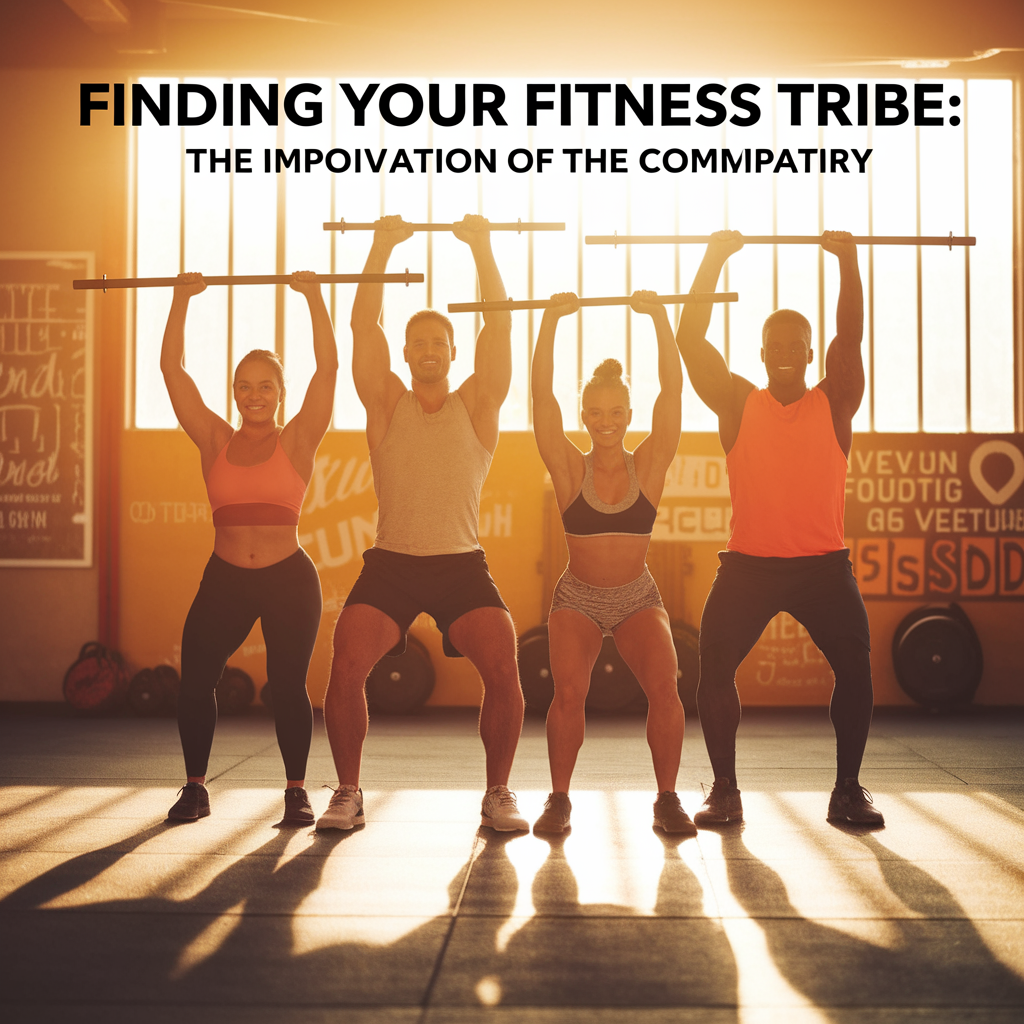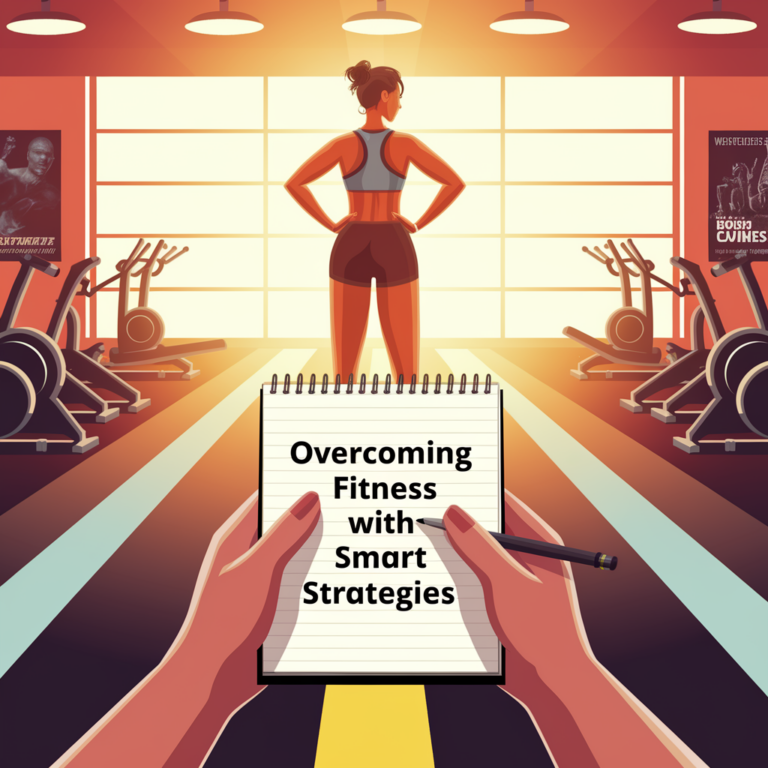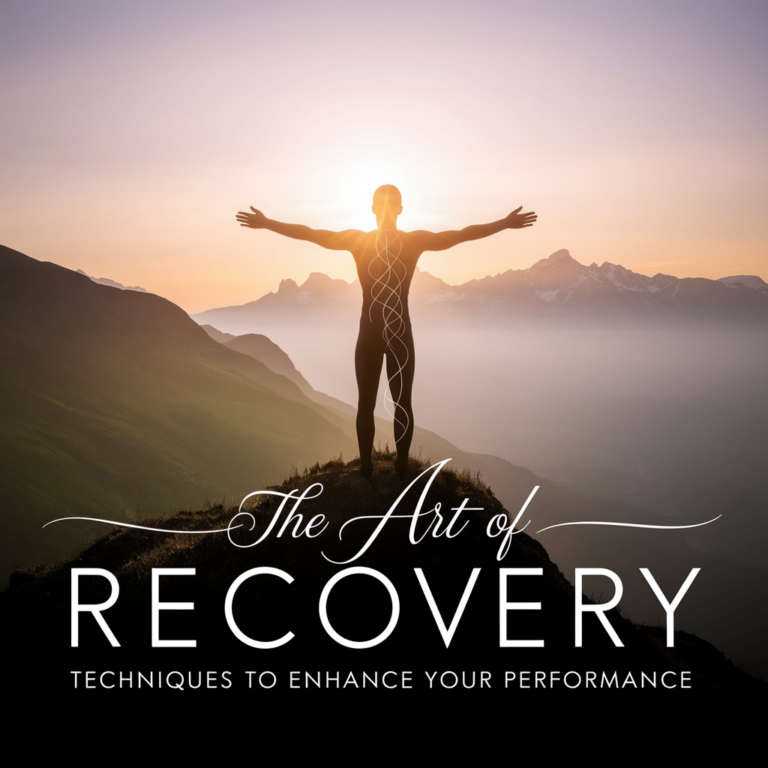Finding Your Fitness Tribe: The Importance of Community
In today’s fast-paced world, where the latest fitness app or trendy workout video seems to be just a click away, it’s easy to forget one fundamental aspect of physical well-being: community. Think about it—how often have you found yourself scrolling through social media, gazing longingly at the fitness journeys of others, and wishing you had that kind of support? If you’re nodding your head in agreement, you’re not alone. Many people are recognizing that finding a fitness tribe can make all the difference in achieving their health goals.
The Power of Connection
Let’s face it: working out can be hard. Whether you’re lifting weights, hitting the pavement for a run, or sweating it out in a yoga class, the effort can be daunting. But what if you had a group of like-minded individuals cheering you on? The importance of community in fitness cannot be overstated. Research shows that social support significantly boosts motivation, accountability, and even enjoyment of physical activity. It’s not just about the physical aspect; it’s also about emotional and psychological support.
When I first started my fitness journey, I remember feeling overwhelmed and isolated. I tried going to the gym alone, but more often than not, I left feeling defeated. It wasn’t until I joined a local running club that everything changed. Surrounded by fellow runners, I felt a sense of belonging that I hadn’t experienced before. Those early morning runs quickly became less about the distance and more about the camaraderie. Over coffee after our runs, we shared our struggles, celebrated our victories, and, yes, even indulged in the occasional post-workout pastry (because balance, right?).
Types of Fitness Communities
Fitness communities come in various shapes and sizes, each offering unique benefits. Here are a few popular types:
- Local Clubs and Classes: From running clubs to group cycling sessions, local organizations often provide a structured environment where you can meet others with similar fitness goals.
- Online Groups: With the rise of social media and fitness apps, virtual communities have flourished. These groups offer support, share tips, and even host challenges—perfect for those who prefer to work out at home.
- Social Media Influencers: Following fitness influencers can provide a sense of connection. Many share their journeys, offer advice, and create a community feel among their followers.
- Fitness Retreats: For those looking to immerse themselves, retreats combine travel and fitness, allowing participants to bond over shared experiences in beautiful locations.
No matter what type of community you choose, the benefits are often similar: you’ll find encouragement, accountability, and, crucially, a sense of belonging. And let’s be honest—who doesn’t want to be part of something bigger than themselves?
Building Lasting Relationships
One of the most rewarding aspects of being part of a fitness community is the relationships you form. These connections can transcend the gym or the trail. I remember one particular Saturday morning run where I met a woman named Sarah. We started chatting and quickly discovered we both had a passion for hiking. Fast forward a few months, and we were planning weekend hikes together, exploring new trails while encouraging each other to push our limits.
Such friendships foster a supportive environment, which helps in maintaining motivation. Whether you need someone to pick you up when you’re feeling low or a partner to challenge you on a tough workout, having a fitness buddy can make all the difference. A study published in the journal *Health Psychology* found that individuals who exercise with friends are more likely to stick to their routines. There’s something about sharing the struggle (and the sweat) that strengthens bonds.
Accountability: The Secret Sauce
Accountability is another critical component of fitness communities. It’s all too easy to hit snooze on your alarm and skip that early morning workout when you’re going solo. But when you know that your running partner is waiting for you, the stakes feel higher. You’re not just letting yourself down; you’d be letting someone else down, too. This social pressure (in a good way!) can be the nudge you need to lace up your sneakers.
Consider this: a study from the *American Journal of Preventive Medicine* found that participants who worked out with friends were more likely to meet their fitness goals than those who exercised alone. The shared commitment to a routine can create a sense of obligation, which can be incredibly powerful in maintaining consistency.
Creating a Culture of Support
Every fitness community has its own culture, and fostering a supportive environment is vital. Inclusivity and encouragement should be the foundation on which these communities are built. I’ve seen firsthand how powerful a supportive culture can be. At my local gym, they have a “no judgment” policy, which means everyone—regardless of their fitness level—feels welcome. The first time I walked into a spin class, I was petrified. But when the instructor and fellow participants cheered for me as I struggled to keep up, I felt a wave of relief. I wasn’t just a body in the room; I was part of a team.
Creating that culture requires effort from both leaders and members. It starts with open communication and a shared commitment to uplift one another. Community leaders should emphasize positivity, celebrating both small and large achievements, and ensuring that everyone feels valued. Simple things like acknowledging progress on social media or organizing group activities can foster that supportive atmosphere.
The Mental Health Benefits of Community
Connecting with others in a fitness context can have profound effects on mental health. Numerous studies have illustrated the positive correlation between social interaction and mental well-being. Exercise releases endorphins—those delightful chemicals that create feelings of happiness and euphoria. Combine that with the support of a community, and you’ve got a recipe for a mood boost.
During my time in a fitness boot camp, I noticed an interesting dynamic. Participants often shared personal stories, discussing everything from work stress to family issues. It struck me that this environment was more than just about physical fitness; it was a space for emotional release. The laughter, the camaraderie, and the shared struggles created a bond that went beyond the workout. Participants left feeling empowered and uplifted—not just from the exercise, but from the shared experience.
Finding the Right Fit
Not every fitness community will resonate with you, and that’s perfectly okay. It might take some time to find the right fit. Some people thrive in high-energy environments, while others prefer a more laid-back approach. The key is to explore your options and find a group that aligns with your interests and values. Here are a few tips for finding your ideal fitness tribe:
- Try Different Activities: Attend various classes or join different clubs to see what resonates with you. You might be surprised by what you enjoy.
- Attend Community Events: Many fitness centers host open houses or social events. These are great opportunities to meet others and get a feel for the community.
- Engage on Social Media: Follow local fitness groups online. Participate in discussions to see if the community feels right for you.
- Ask Questions: Reach out to group leaders or current members. They can provide insights and help you gauge the community’s vibe.
Remember, it’s about finding a place where you feel comfortable, supported, and inspired. It may take some trial and error, but the right community is worth the effort.
Technology and Community Building
In recent years, technology has transformed how we connect with our fitness tribes. Online platforms, apps, and social media have made it easier than ever to forge connections, regardless of geographic barriers. Virtual challenges and online classes allow individuals from around the world to interact, share progress, and support one another.
While in-person interactions have their unique charm, the benefits of online communities cannot be overlooked. They offer flexibility, accessibility, and can cater to individuals with varying schedules. Personally, I’ve found that joining an online running group has kept me motivated during those cold winter months when the idea of stepping outside feels unbearable. We cheer each other on through the app, sharing our runs and encouraging one another to keep going. It’s a different kind of support, but just as powerful.
Overcoming Challenges Together
Every community faces challenges, whether it’s maintaining engagement or dealing with conflicts. What makes a community truly special is how they handle these obstacles. Open communication and a willingness to address issues can strengthen bonds rather than weaken them. I’ve seen it time and time again: when a member faces a setback (be it an injury or a personal issue), the community often rallies around them, offering support and encouragement to bounce back.
In one instance, a fellow runner in my group faced a significant setback due to an injury. Instead of letting her feel isolated, we organized a “cheering squad” to support her during her recovery. We set up a schedule to run together at her pace when she was ready to return. This kind of support not only helped her heal but also solidified our bond as a community.
Celebrating Achievements
Celebrating milestones is essential in any fitness community. Whether it’s completing a marathon, achieving a personal best, or simply committing to a regular workout routine, acknowledging these achievements fosters motivation and strengthens the community’s bond. I still recall the day my running group celebrated our collective miles logged over the year. We had a potluck, shared stories, and even had medals made up for everyone. It wasn’t just about the physical accomplishments; it was a celebration of our shared journey.
So, don’t underestimate the power of recognition—no matter how small. A simple “congratulations” or shout-out can inspire others to keep pushing forward.
Conclusion: The Journey Ahead
Finding your fitness tribe can be transformative. The sense of connection, accountability, and support can elevate your fitness journey from a solitary endeavor to a shared adventure. Whether you discover your community at a local gym, through social media, or an online platform, remember that every connection is a stepping stone toward your goals.
So lace up those sneakers, grab your water bottle, and step into a community that resonates with you. Who knows? You might just find lifelong friends and a renewed passion for fitness along the way. And as you share your own journey, you’ll be contributing to a culture of support that can inspire others to embark on their paths to better health.
After all, it’s not just about the miles you run or the weights you lift; it’s about the connections you make and the memories you create. Now, go out there and find your tribe!







